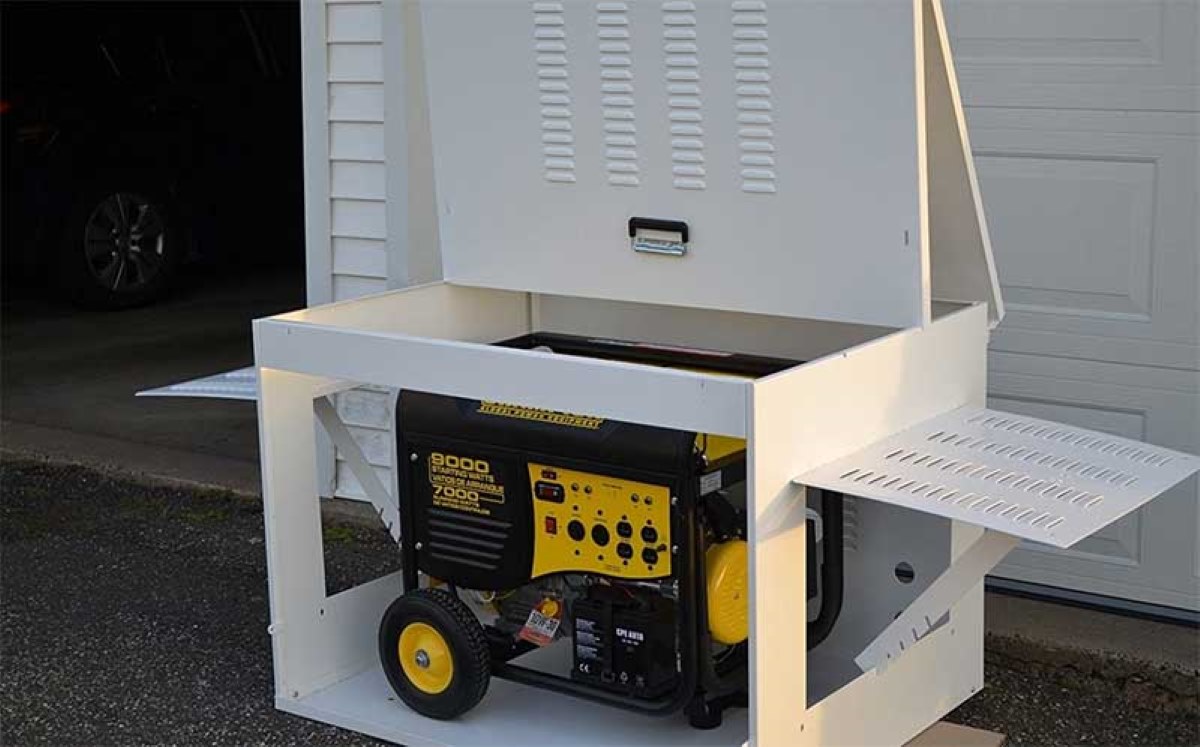

Articles
How To Store A Portable Generator
Modified: January 8, 2024
Discover the best ways to store a portable generator with our informative articles. Keep your generator safe and ready for use whenever you need it.
(Many of the links in this article redirect to a specific reviewed product. Your purchase of these products through affiliate links helps to generate commission for Storables.com, at no extra cost. Learn more)
Introduction
Having a portable generator can be a lifesaver during power outages or when you need electricity in remote locations. These versatile machines are designed to provide a reliable source of power when you need it most. However, proper storage is essential to ensure the longevity and performance of your portable generator.
In this article, we will guide you through the steps on how to store a portable generator correctly. By following these guidelines, you can protect your generator from damage caused by moisture, rust, and other environmental factors.
Whether you are storing your generator for an extended period or during the off-season, these tips will help you maintain its functionality and ensure it is ready to use when the need arises.
Key Takeaways:
- Proper storage of a portable generator is crucial for its longevity and performance. Choosing the right location, preparing the generator, disconnecting from power sources, draining fuel and oil, and storing it in a dry area are essential steps.
- Regular maintenance and proper storage are key to prolonging the lifespan of a portable generator. By following the outlined steps and guidelines, you can ensure your generator remains in optimal condition for future use.
Read more: How To Store Generator
Step 1: Choosing the Right Location
When it comes to storing a portable generator, the first step is to select the right location. Ideally, you want to store your generator in a dry and well-ventilated area. Here are a few key considerations to keep in mind:
- Indoor or Outdoor: If possible, it is best to store your generator indoors to protect it from the elements. A garage, shed, or basement can provide a suitable environment. However, if indoor storage is not an option, make sure you choose a location that offers some protection from rain, snow, and direct sunlight.
- Temperature: The temperature of the storage area is important, as extreme heat or cold can impact the performance and lifespan of the generator. Avoid storing the generator in areas that are prone to temperature fluctuations, such as near windows or doors.
- Accessibility: Consider the ease of access when choosing a storage location. Ensure that you can easily reach the generator for maintenance and periodic checks, especially if you plan to use it regularly.
By selecting the right location, you can minimize the risk of damage caused by moisture, extreme temperatures, and other environmental factors.
Step 2: Preparing the Generator
Before storing your portable generator, it is important to prepare it properly to ensure its optimal performance when you need it again. Follow these steps to prepare your generator for storage:
- Clean the Generator: Start by cleaning the generator thoroughly. Remove any dirt, debris, or grease from the exterior using a soft cloth or brush. Pay close attention to the air vents and cooling fins. Use compressed air to blow away any remaining dust.
- Inspect for Damage: Check the generator for any signs of damage or wear. Look for loose wires, leaking fuel lines, or worn-out parts. If you notice any issues, make sure to address them before storing the generator.
- Inspect the Battery: If your generator has a battery, check its condition. Ensure that it is fully charged and properly connected. If necessary, remove the battery and store it separately in a cool and dry location.
- Change the Oil: It is recommended to change the oil before storing the generator. Used oil can contain contaminants that can degrade over time and affect the engine’s performance. Follow the manufacturer’s instructions to drain the old oil and replace it with fresh oil.
- Check the Fuel: If your generator has a fuel tank, it is advisable to either run the generator until it is out of fuel or use a fuel stabilizer. Storing a generator with fuel in the tank for an extended period can lead to gumming up of the carburetor and fuel lines. If you choose to use a fuel stabilizer, follow the instructions on the product carefully.
Preparing your generator before storage ensures that it will be in optimal condition when you need it again. It helps prevent problems such as clogged fuel lines, stale fuel, or engine damage that can occur when the generator is not properly maintained.
Step 3: Disconnecting from Power Sources
Before storing your portable generator, it is crucial to disconnect it from any power sources to avoid potential hazards and damage. Follow these steps to disconnect your generator properly:
- Turn off the Generator: Make sure the generator is turned off and cooled down before proceeding with the disconnection process. This will prevent any accidental electrical shocks or burns during the disconnection.
- Unplug Electrical Connections: If your generator is connected to any electrical devices or appliances, unplug them from the generator’s outlets. This includes extension cords, power strips, or any other equipment that may be connected.
- Shut off the Circuit Breakers: Locate the circuit breakers on your generator and switch them off. This will disconnect the generator from the electrical system and prevent any potential power surges or backfeeds.
- Disconnect the Transfer Switch: If your generator is connected to a transfer switch, which allows you to switch between utility power and generator power, make sure to follow the manufacturer’s instructions to properly disconnect it.
- Remove Spark Plugs (Optional): For additional safety, you may choose to remove the spark plugs from the generator. This ensures that the generator cannot accidentally start up while in storage.
By disconnecting your generator from power sources, you eliminate the risk of accidental electrical issues and protect the generator’s components from potential power surges or damage.
Step 4: Draining Fuel and Oil
Properly draining the fuel and oil from your portable generator is essential to prevent fuel degradation and engine damage while it is in storage. Here’s how you can do it:
- Run the Generator: Start by running the generator for a few minutes. This helps warm up the engine and make it easier to drain the fuel and oil.
- Turn off the Generator: Once the generator has run for a few minutes, turn it off and allow it to cool down.
- Drain the Fuel: Locate the fuel valve or fuel line on the generator and close it. Then, place a suitable container underneath the fuel tank to catch the fuel. Open the fuel cap and carefully drain the fuel into the container. If the fuel is still fresh and you plan to reuse it, filter it to remove any debris or contaminants before storing it in a properly labeled, airtight container.
- Change the Oil: Follow the manufacturer’s instructions to drain the oil from the generator. Use a drain pan to catch the old oil. Once the oil has fully drained, replace the drain plug and refill the engine with fresh oil, following the recommended oil type and capacity.
By draining the fuel and oil from your generator, you prevent fuel from becoming stale and oil from deteriorating, which can cause starting problems and damage to the engine. It is essential to properly dispose of the old fuel and oil according to local regulations.
Store your portable generator in a dry, well-ventilated area to prevent moisture buildup and corrosion. Keep it covered to protect it from dust and debris.
Read more: How To Store A Generator
Step 5: Cleaning and Maintenance
Before storing your portable generator, it’s important to give it a thorough cleaning and perform some maintenance tasks to keep it in good condition. Here are some steps you can follow:
- Clean the Exterior: Use a mild detergent and water solution to clean the exterior surfaces of the generator. Avoid using harsh chemicals that can damage the paint or plastic parts. Make sure to dry the generator thoroughly after cleaning.
- Clean the Cooling System: Clear any debris or dirt from the cooling fins of the generator. This will help ensure proper airflow and prevent overheating during operation. You can use compressed air or a soft brush to gently remove any buildup.
- Inspect and Tighten Connections: Check all electrical connections on the generator for any loose or damaged parts. Tighten any loose connections and replace any damaged wires or components.
- Check the Air Filter: Remove the air filter and inspect it for any dirt or debris. If necessary, clean or replace the air filter to maintain proper airflow and protect the generator’s engine.
- Inspect the Spark Plug: Remove the spark plug and inspect it for any signs of wear or damage. Clean or replace the spark plug as needed. This ensures that the generator starts smoothly when you need it again.
- Perform Regular Maintenance: If your generator has a maintenance schedule, make sure to follow it. This may include tasks such as changing the spark plug, checking the battery, and inspecting the fuel filter. Regular maintenance will keep your generator in optimal condition for future use.
By cleaning and performing regular maintenance on your generator, you can prolong its lifespan and ensure that it is ready to perform reliably when you need it again. Taking the time to invest in maintenance now can save you from headaches and costly repairs in the future.
Step 6: Storing in a Dry and Safe Area
The proper storage of your portable generator is crucial to protect it from moisture, dust, and other potential damaging factors. Follow these steps to ensure the safe and dry storage of your generator:
- Find a Dry Location: Select a storage area that is dry and free from excessive humidity. Moisture can cause corrosion and damage to the internal components of the generator.
- Avoid Direct Contact with the Ground: Place your generator on a stable surface, such as a concrete or wooden platform, to prevent moisture seeping up from the ground. This also helps to protect the generator’s bottom components from potential damage.
- Consider Climate Control: If possible, choose a storage area that is climate-controlled. Extreme temperatures can have a negative impact on the generator’s performance and lifespan.
- Keep the Area Clean: Ensure that the storage area is clean and free from dirt, debris, and other potential contaminants. Keeping the area clean will prevent particles from clogging the generator’s ventilation system or other openings.
- Avoid Chemical Exposure: Keep the generator away from any chemicals or corrosive substances that could potentially damage its parts or the surrounding area.
- Keep It Elevated: If possible, store the generator on a shelf or elevated surface to minimize the risk of accidental damage or exposure to water or moisture.
- Use Desiccant Packs: Consider placing desiccant packs or moisture-absorbing products near the generator to help control humidity levels and reduce the risk of moisture-related issues.
By storing your generator in a dry and safe area, you’ll help ensure its long-term functionality and performance. Taking the necessary precautions will help protect your investment and keep the generator in excellent condition for future use.
Step 7: Covering and Securing the Generator
Once you have prepared your portable generator and found a suitable storage location, the final step is to properly cover and secure it. Here’s what you should do:
- Use a Generator Cover: Invest in a generator cover specifically designed for your model or a universal one that fits your generator’s dimensions. The cover will protect the generator from dust, debris, and potential moisture. Ensure the cover is made of durable and weather-resistant material.
- Secure the Cover: Make sure the generator cover is securely fitted and snugly covers the entire generator. This will prevent any wind or rain from entering and potentially causing damage. Use straps or buckles to secure the cover in place.
- Lock the Storage Area (if applicable): If your generator is stored in a locked space, ensure that the storage area is securely locked to prevent unauthorized access and potential theft.
- Consider Anti-Theft Measures: Depending on your location and the value of your generator, you may want to consider additional anti-theft measures such as chaining the generator to a secure anchor point or adding a security alarm.
- Label and Store Fuel Properly: If you have chosen to store fuel separately, make sure it is stored in properly labeled, airtight containers that are designed for fuel storage. Follow local regulations for appropriate fuel storage.
By properly covering and securing your generator, you protect it from external elements, potential theft, and unauthorized use. These measures will help ensure that your generator remains in excellent condition and ready for use when you need it again.
Conclusion
Storing a portable generator properly is essential for its longevity and optimal performance. By following the steps outlined in this article, you can ensure that your generator remains in excellent condition during the storage period and is ready to serve you when the need arises.
Choosing the right location for storage, preparing the generator by cleaning and maintenance, disconnecting it from power sources, draining fuel and oil, and storing it in a dry and safe area are all critical steps in the process. Additionally, covering and securing the generator help protect it from dust, debris, moisture, and potential theft.
Regular maintenance and proper storage go hand in hand in prolonging the lifespan of your portable generator and ensuring its reliability. Taking the time to properly prepare, store, and maintain your generator demonstrates your commitment to its performance and longevity.
Remember to always refer to the manufacturer’s guidelines for specific instructions on storage and maintenance. By following these steps and guidelines, you can confidently store your portable generator, knowing that it will be in optimal condition when you need it again.
Frequently Asked Questions about How To Store A Portable Generator
Was this page helpful?
At Storables.com, we guarantee accurate and reliable information. Our content, validated by Expert Board Contributors, is crafted following stringent Editorial Policies. We're committed to providing you with well-researched, expert-backed insights for all your informational needs.
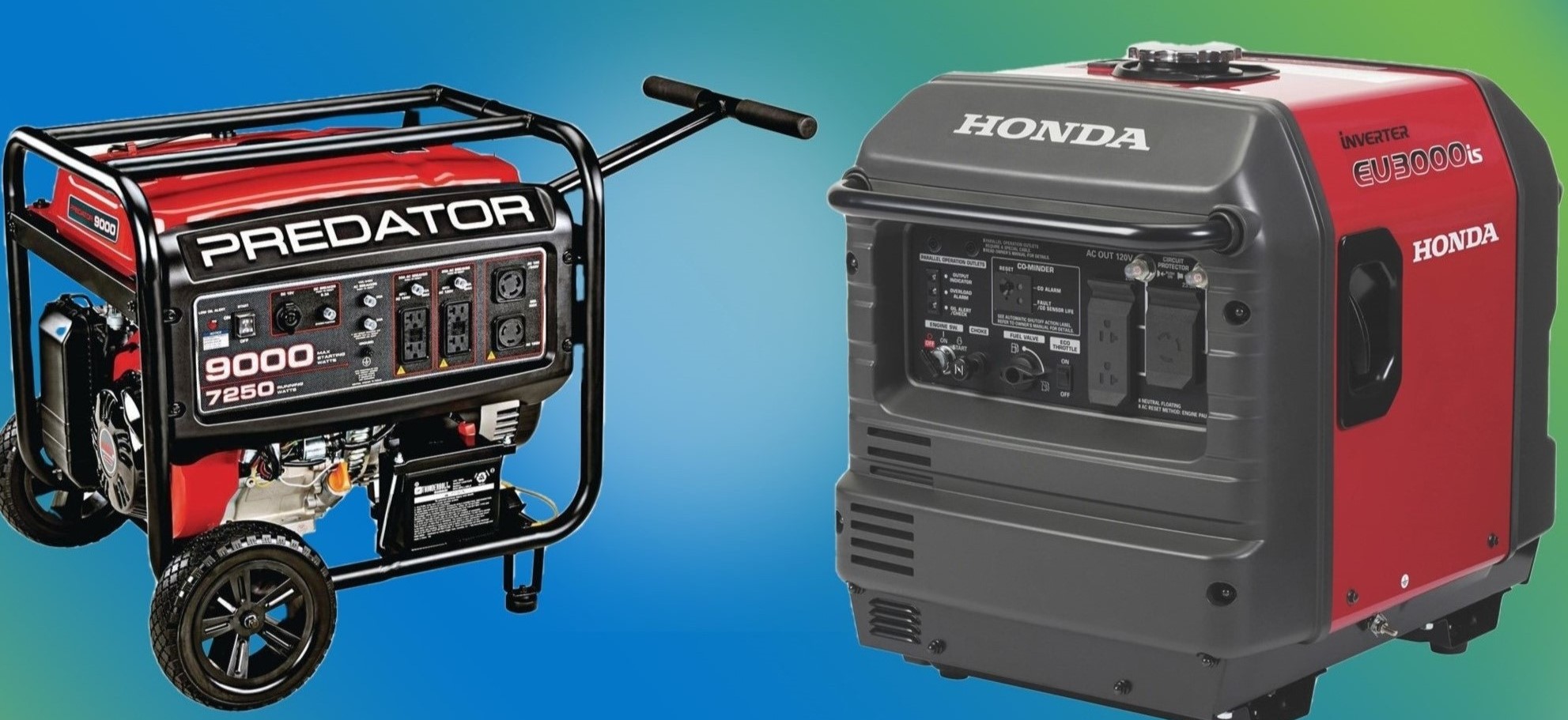
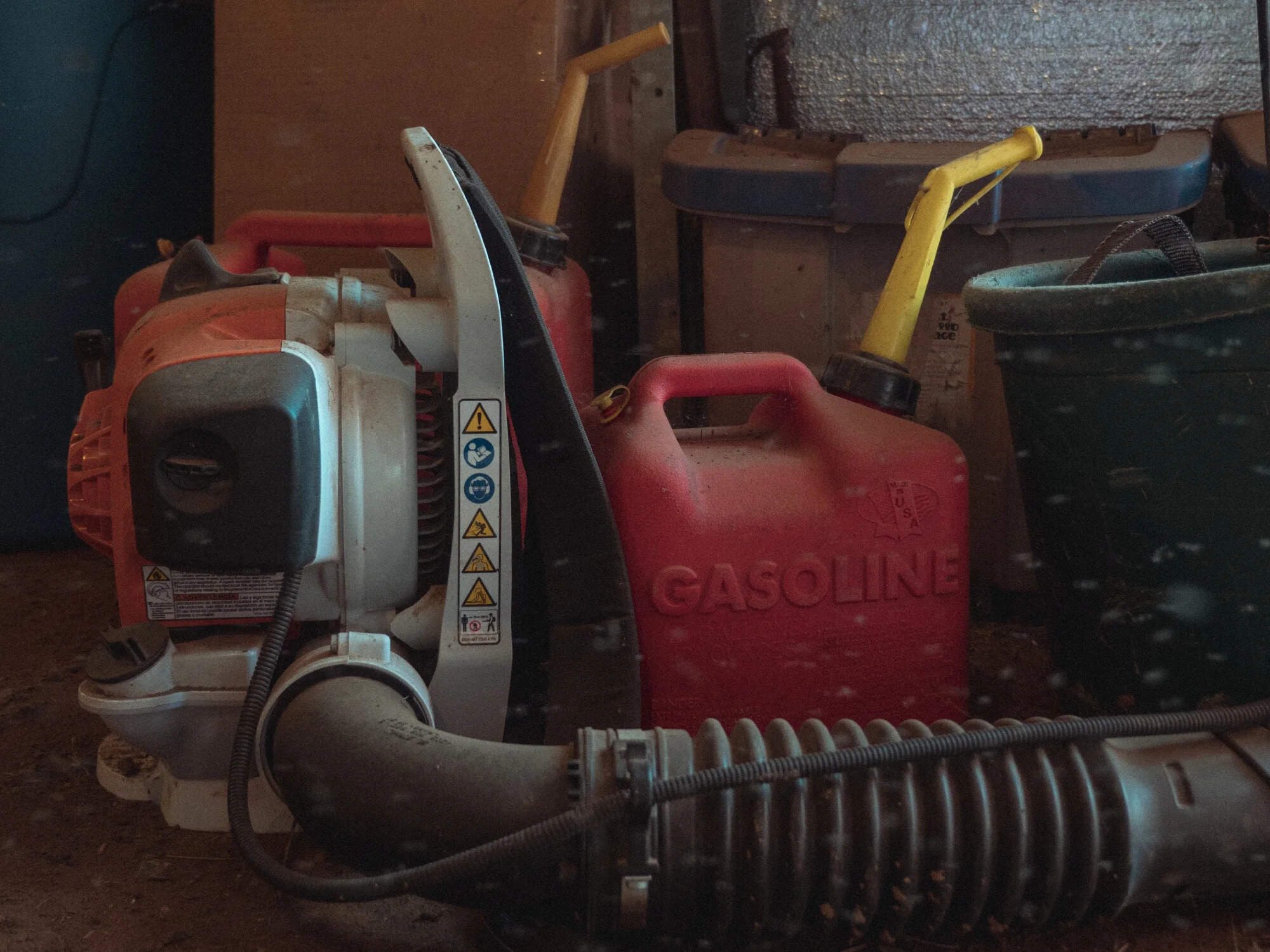
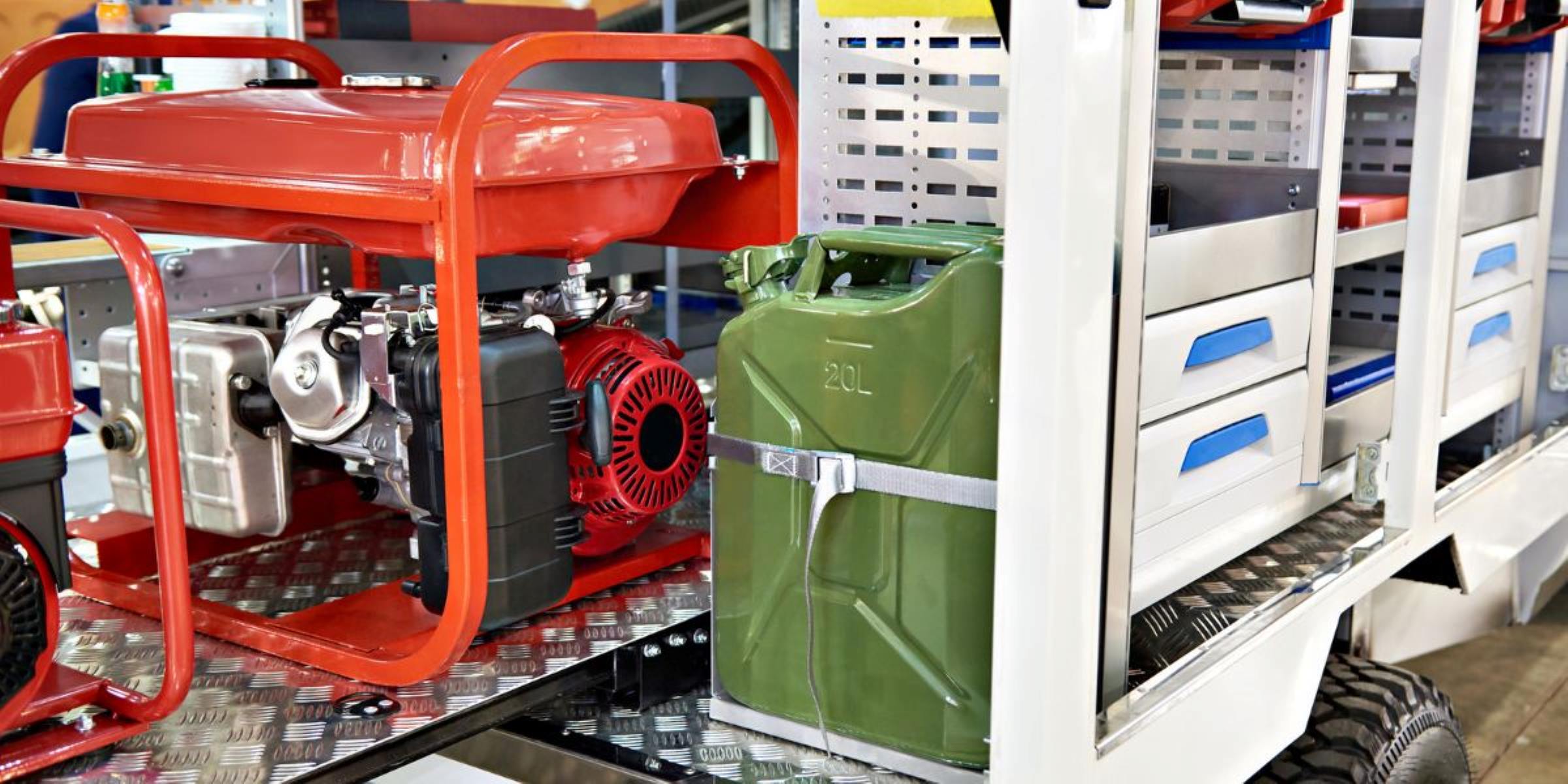
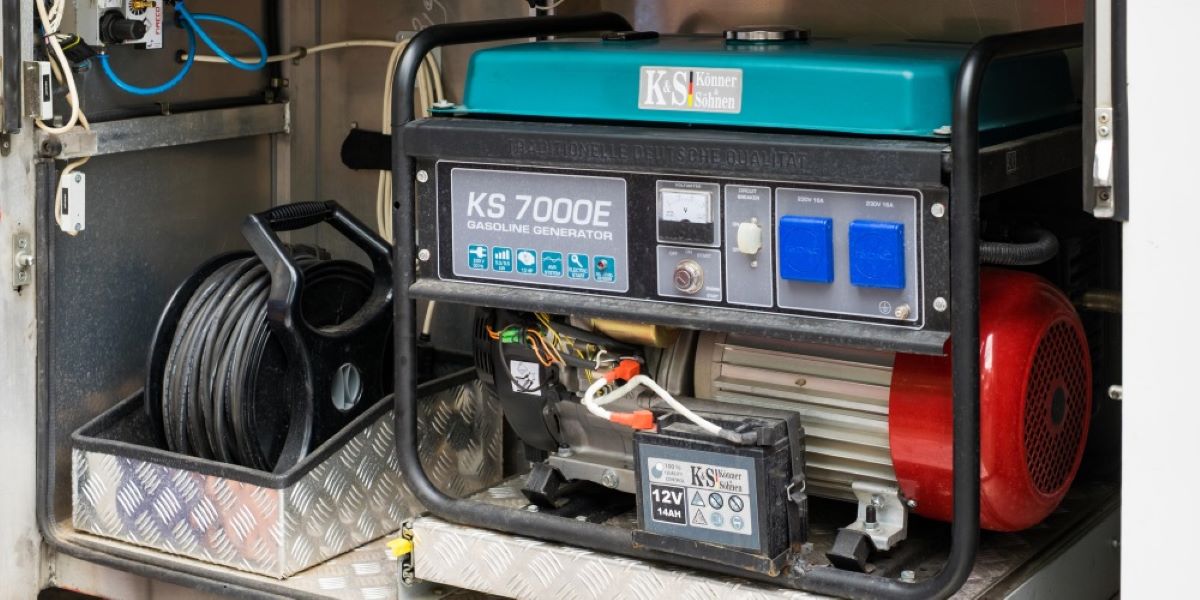
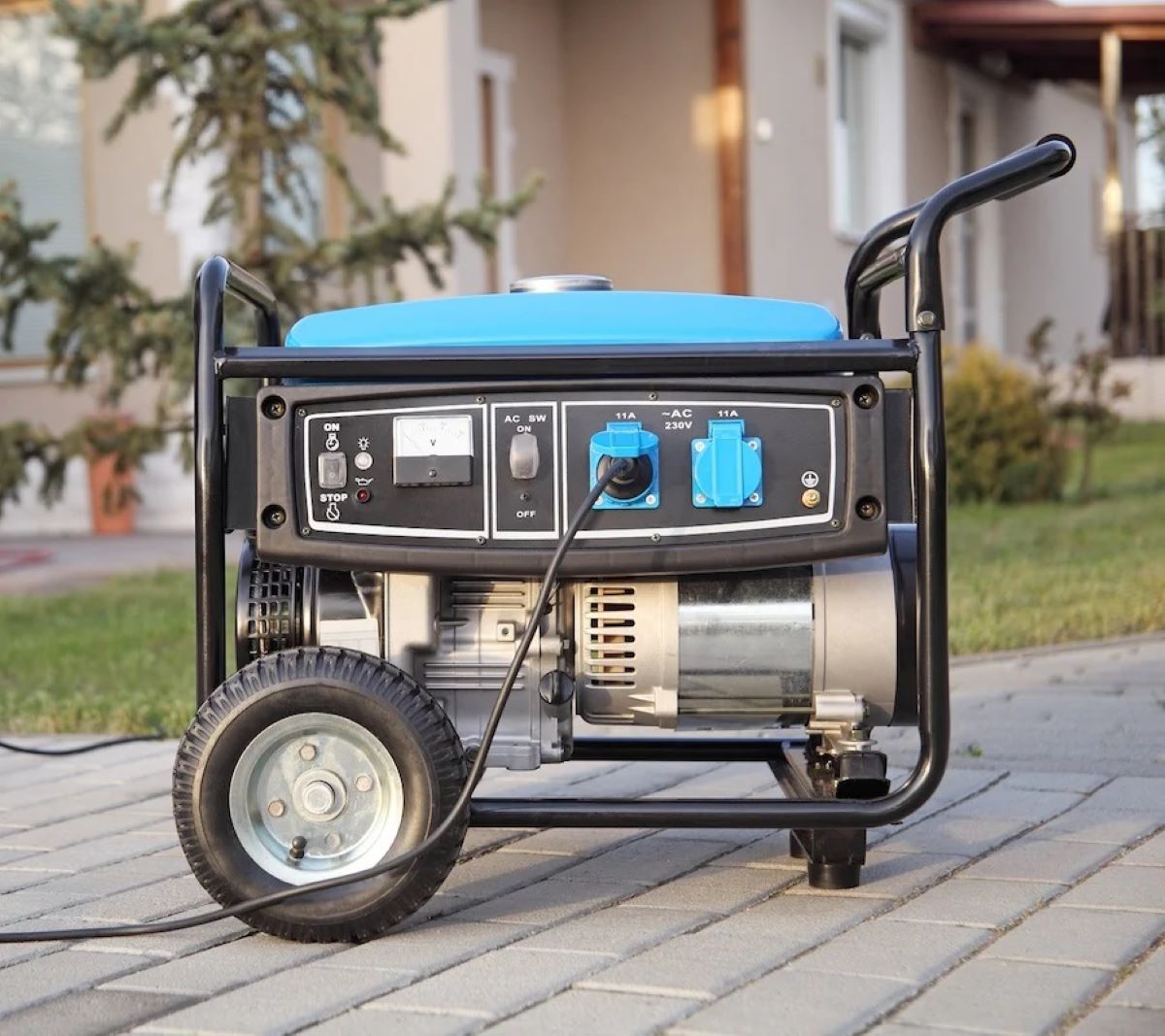
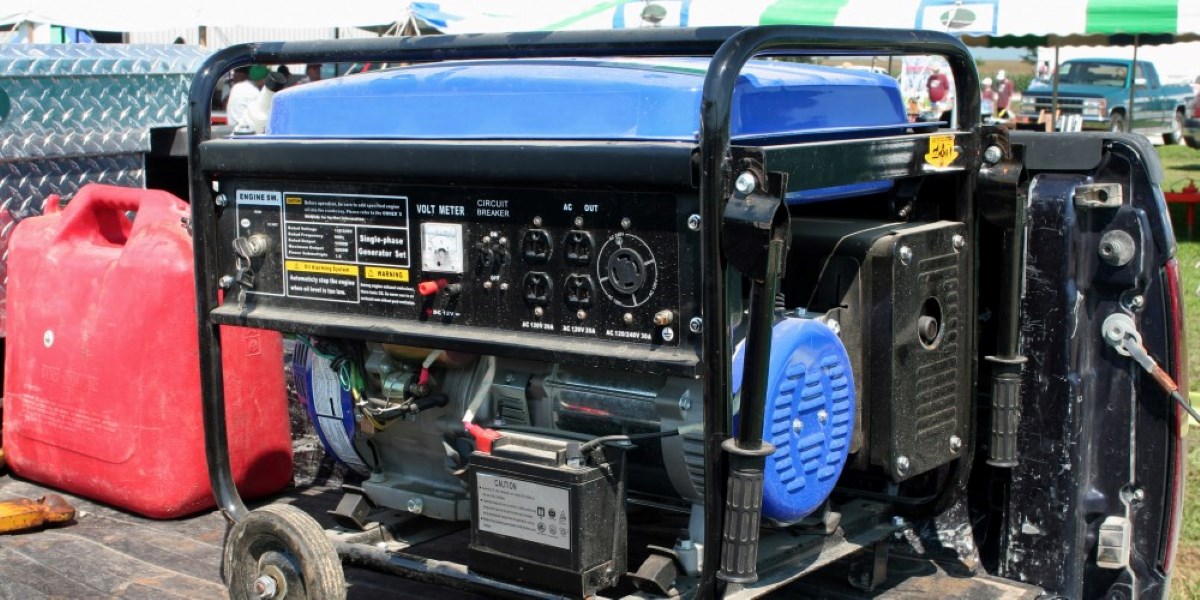
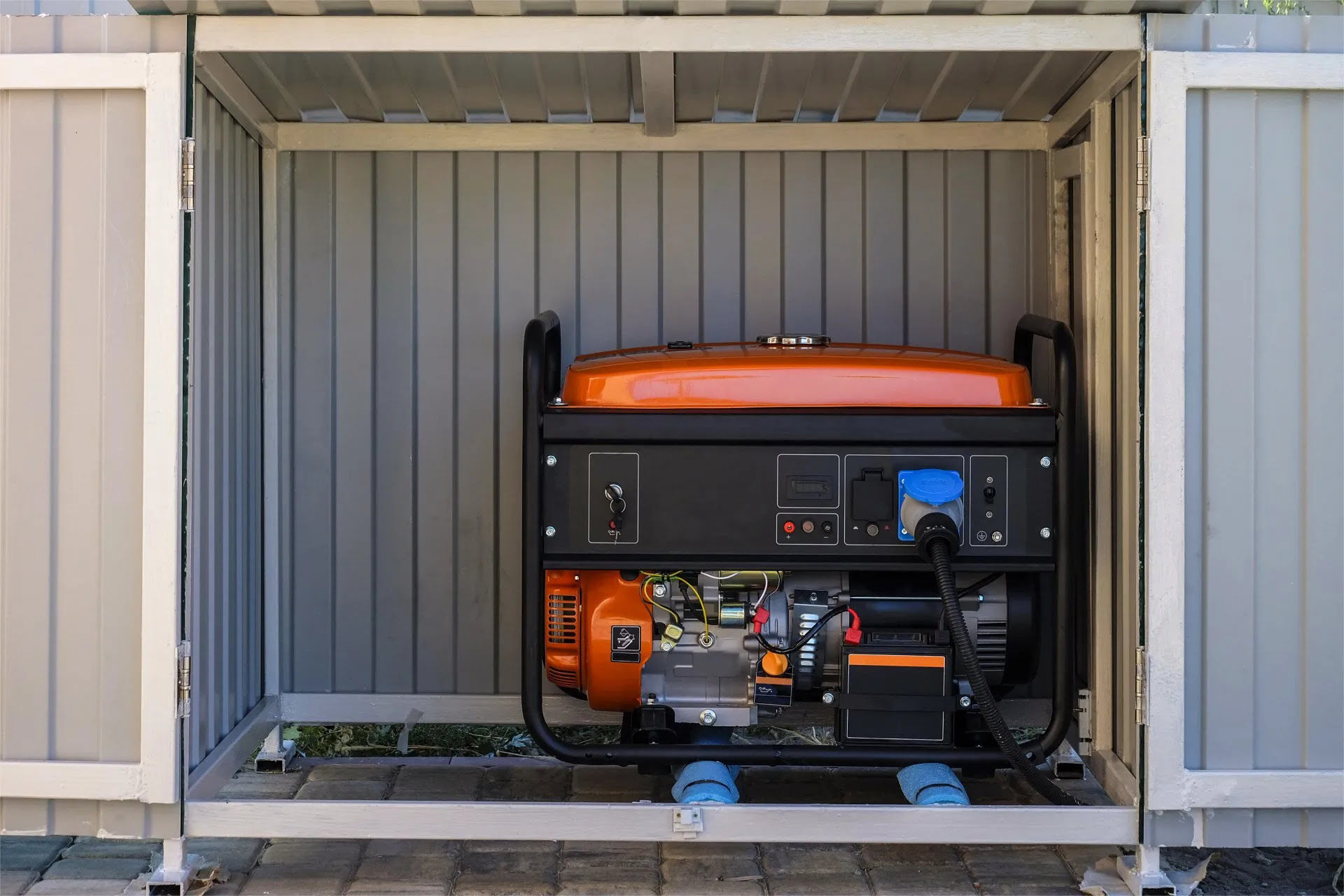
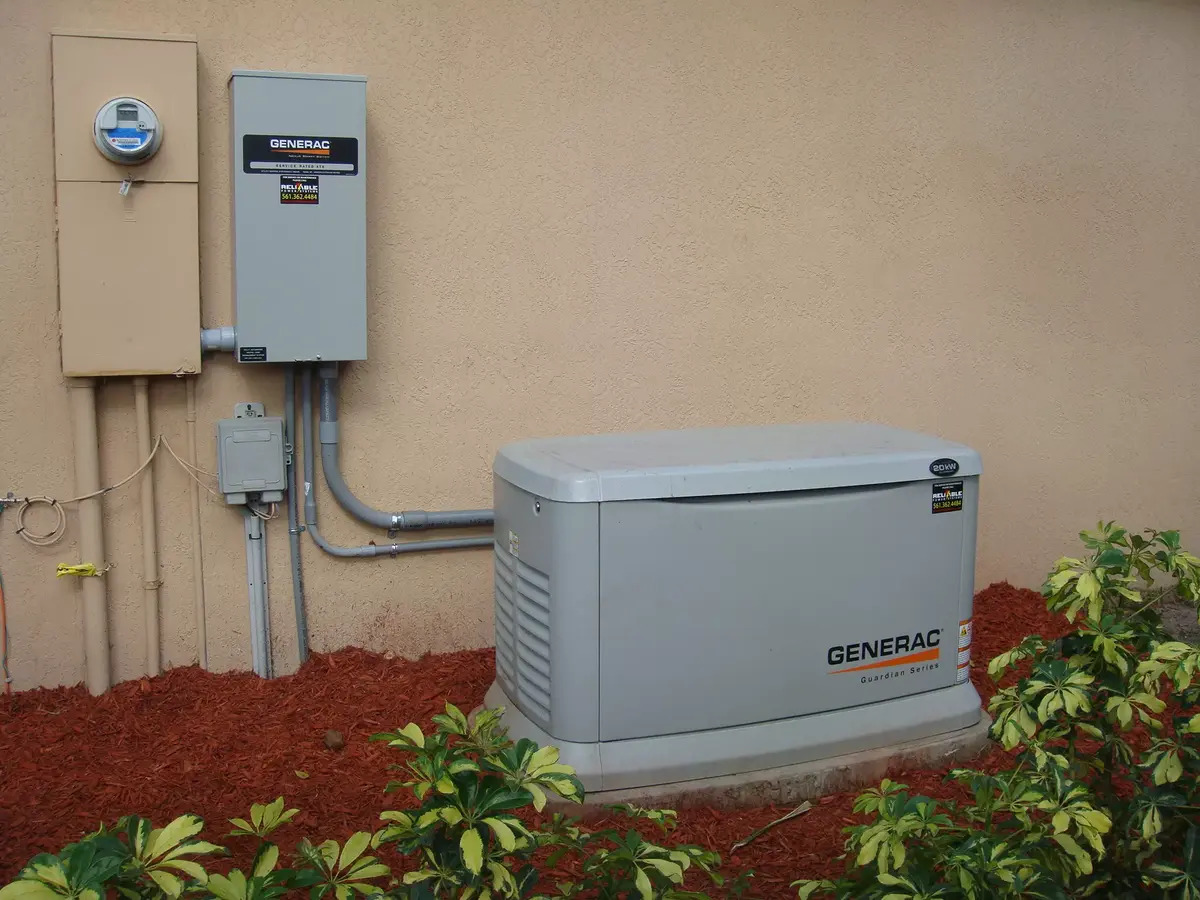
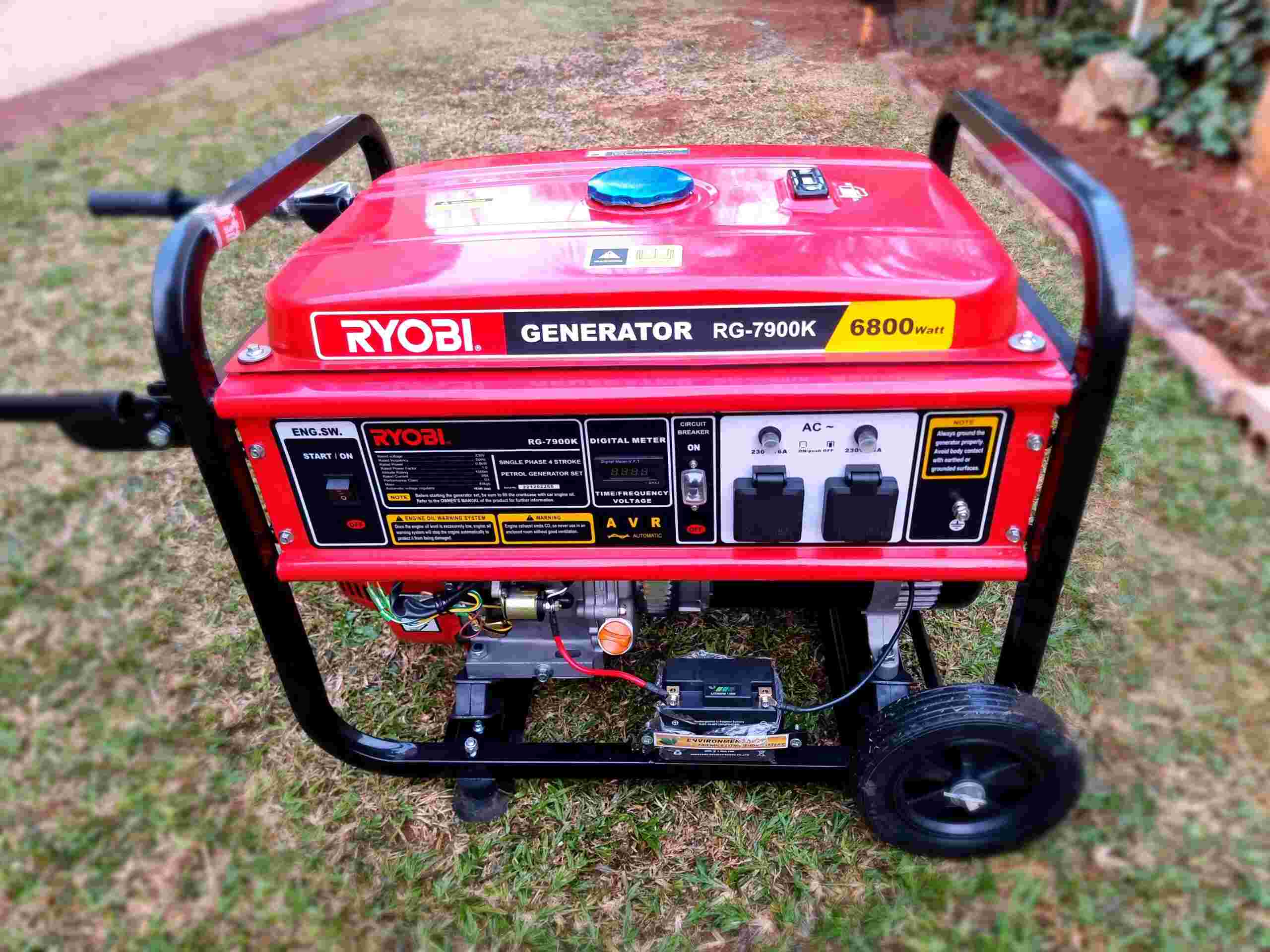
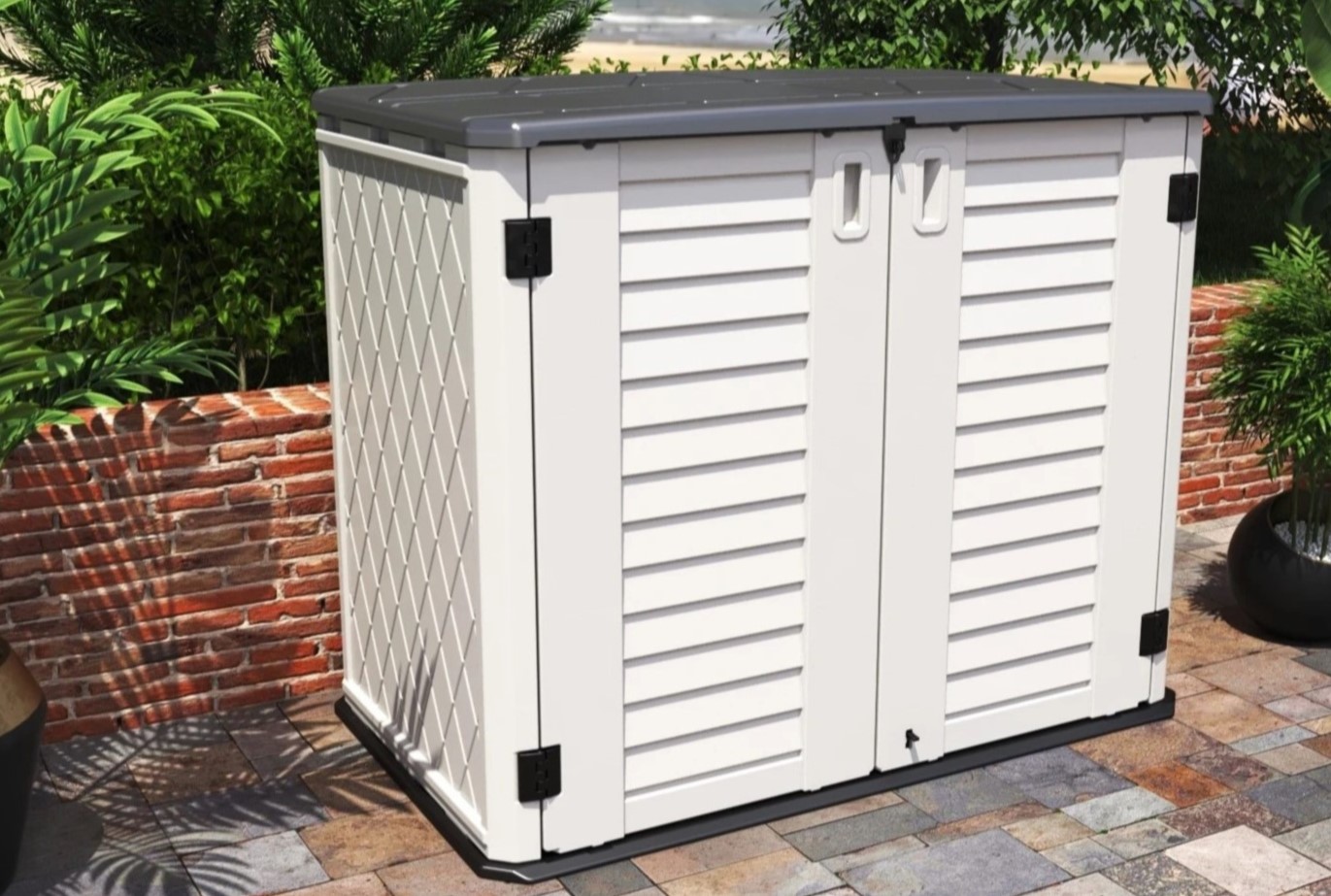
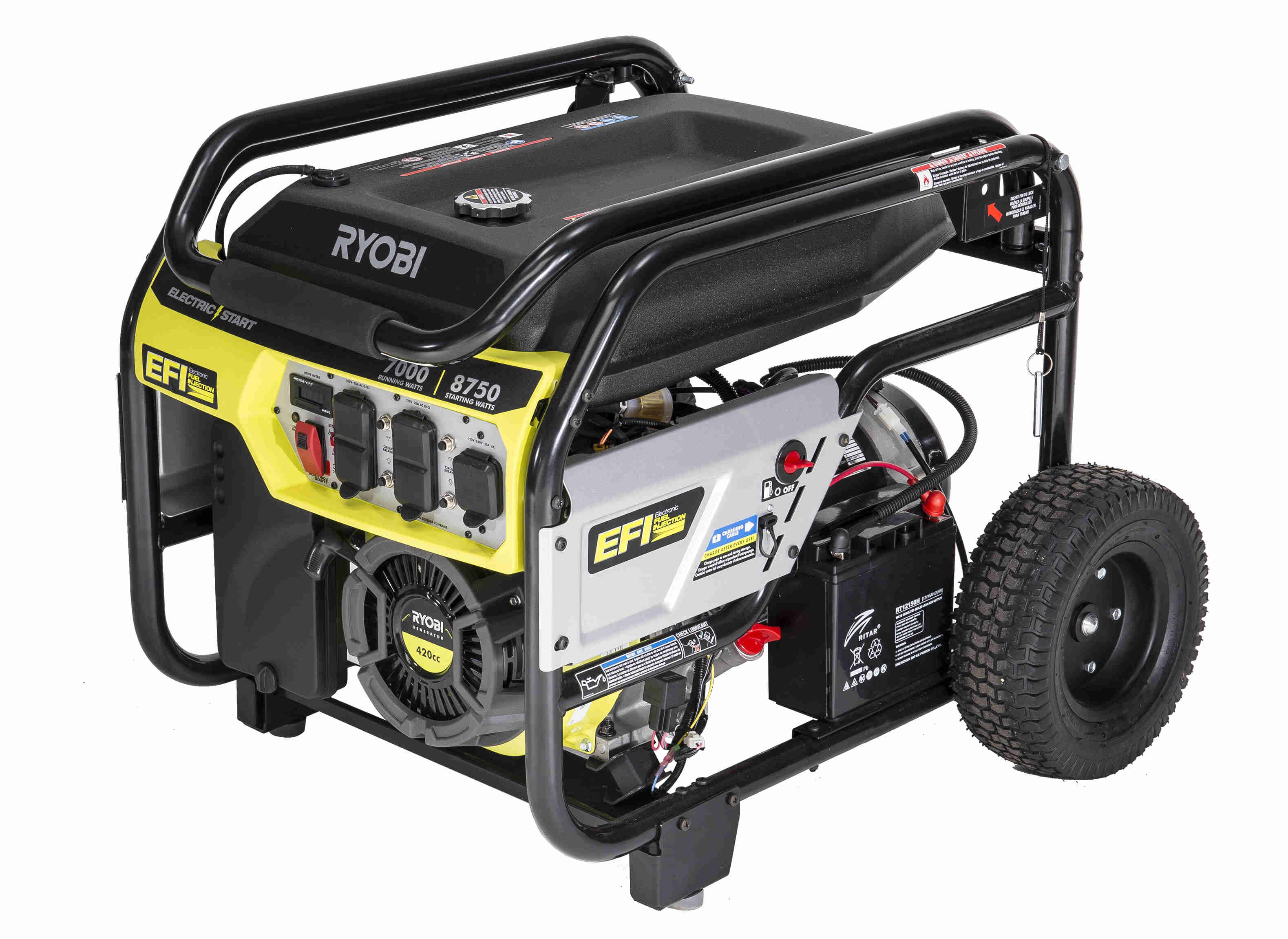
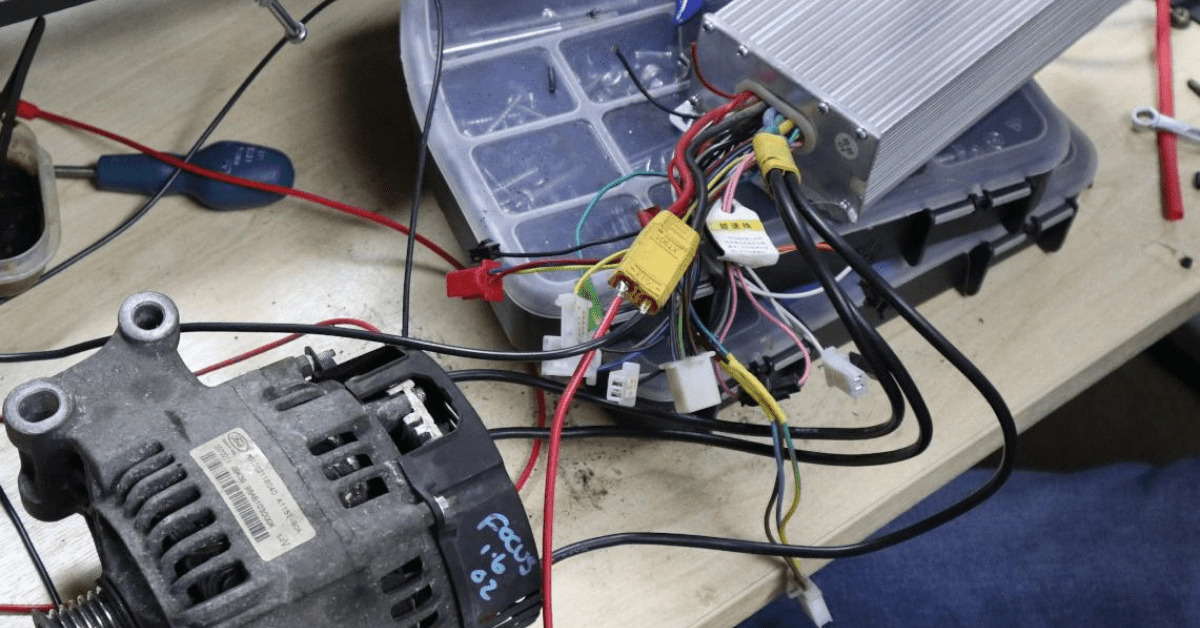
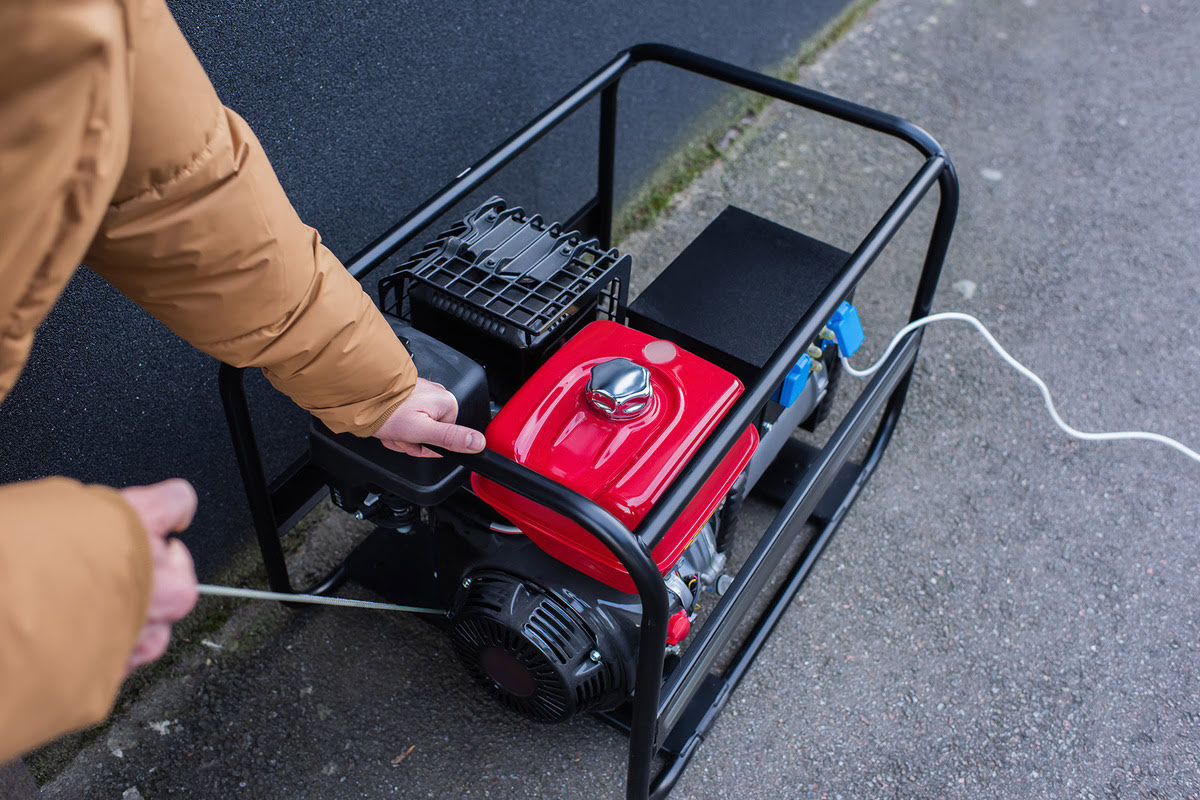
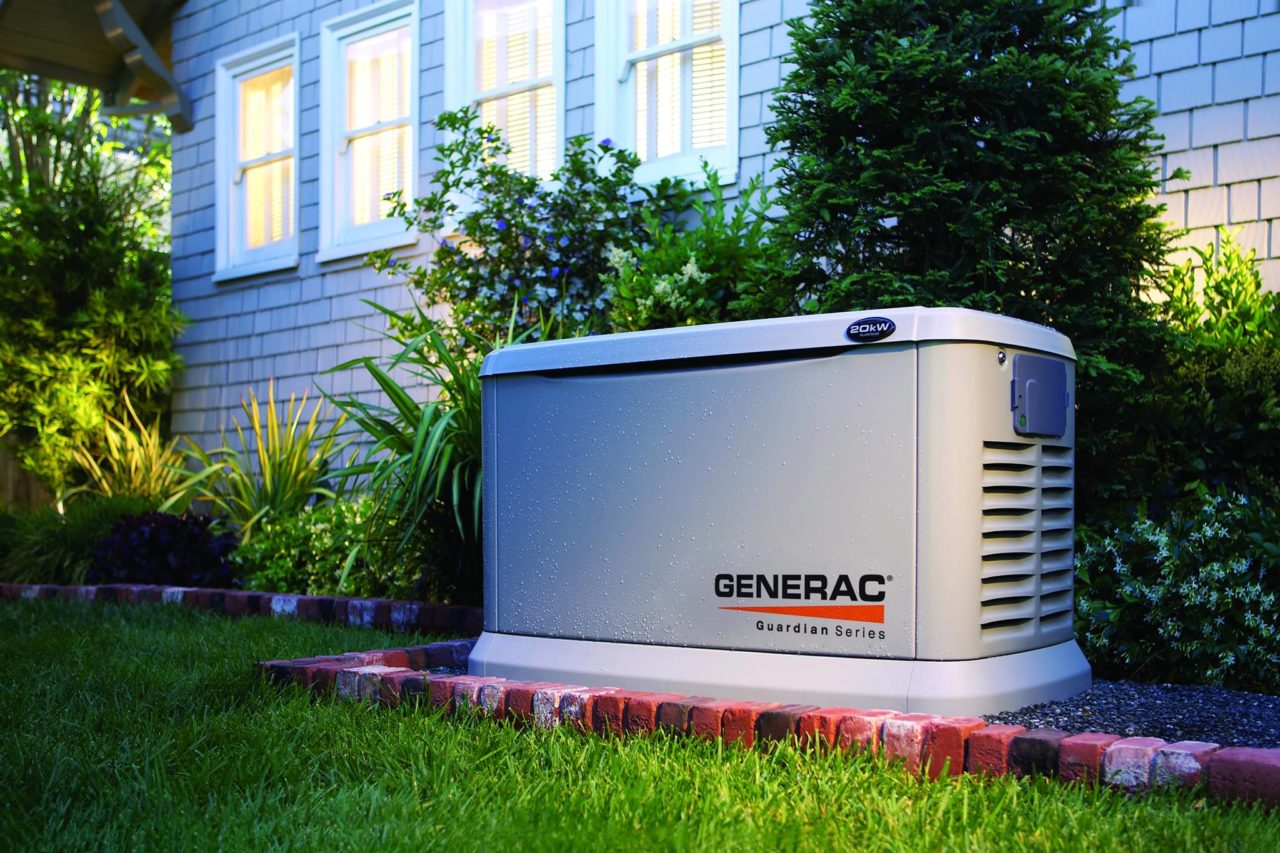

0 thoughts on “How To Store A Portable Generator”